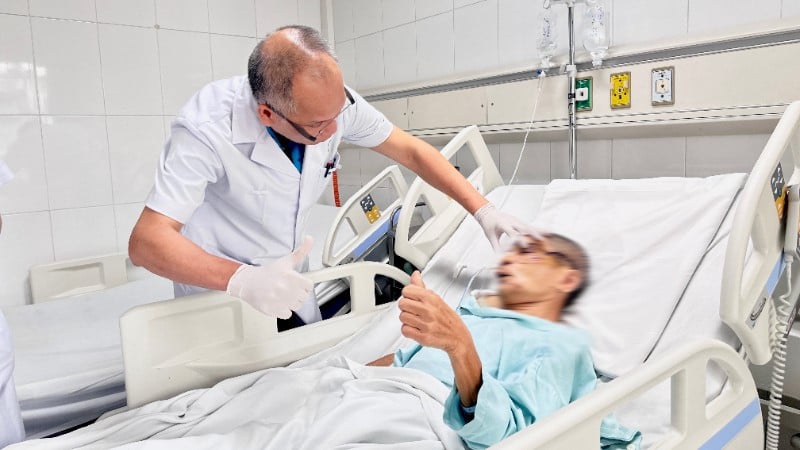
Viet Duc Friendship Hospital received patient NMT (65 years old, Hanoi ) in a state of trauma, complex injuries to the maxillofacial area after a rare work accident.
While working, he accidentally stepped into the freight elevator shaft and hit his face directly on the metal wall on the elevator roof while the elevator continued moving, causing severe damage to his jaw and face.
The patient was admitted to the hospital with a complex facial wound running from the lip to the left temple, along with a fracture of the lower jaw and upper jaw on the left cheekbone, "splitting" the left half of the face to one side like an open book.
More worryingly, along with that wound is the severed damage to important components of the face such as the root of the VII cranial nerve, the parotid duct, and the nasolacrimal duct, which will cause serious consequences to the patient's function and quality of life if not treated promptly.
Faced with the critical situation, Associate Professor, Dr. Nguyen Hong Ha - Head of the Department of Maxillofacial, Plastic and Aesthetic Surgery directly directed an emergency consultation with the coordination of many specialties.
The Anesthesiology and Resuscitation Department ensures airway control and safety during surgery. The Cardiothoracic Department handles chest trauma, and the maxillofacial microsurgery team handles severe and complex maxillofacial trauma and restores damaged nerve and glandular structures under the microscope due to high magnification.
The expert council unanimously agreed to perform emergency surgery that night to control bleeding, preserve function and prevent long-term complications for the patient.
Master, Doctor To Tuan Linh - Department of Maxillofacial, Plastic and Aesthetic Surgery - a member of the surgical team said: During the surgery that lasted many hours, the team combined the upper and lower jaw bones with a specialized maxillofacial screw splint system, cut and treated complex maxillofacial wounds to restore the anatomical structure of the facial components.
In particular, microsurgery was performed to suture the VII cranial nerve right at the nerve root near the point of exiting the mastoid bone as well as reconnect the parotid salivary gland duct and the left nasolacrimal duct to help preserve facial muscle movement, limit the risk of facial paralysis after trauma, as well as prevent complications caused by obstruction and leakage of saliva and tears after surgery.

The surgery was safe, blood loss was controlled, and no complications were recorded during the surgery. After surgery, the patient was conscious, hemodynamically stable, and important structures such as the VII cranial nerve, lacrimal gland, and salivary gland were preserved, opening up the opportunity for comprehensive recovery of both motor function and aesthetics for the patient after surgery.
According to Associate Professor, Dr. Nguyen Hong Ha, maxillofacial injuries not only cause damage to health but also seriously affect the appearance and quality of life of the patient. Even in the world's advanced medical centers, doctors can rarely perform microsurgical sutures of all three tiny structural components like toothpicks: facial nerve, salivary duct, and tear duct at the same time in emergency conditions of multiple trauma.
Clinical practice shows that if damage to the VII cranial nerve, lacrimal duct, and parotid salivary duct is not treated promptly and properly, the patient may face many serious sequelae: permanent facial paralysis causing loss of the ability to express emotions, causing difficulty in eating and speaking.
The obstruction causes continuous tear flow, causing inflammation of the lacrimal sac and long-term effects that reduce the patient's vision, as well as the obstruction of saliva leading to inflammation and abscesses in the cheek area.
These are severe injuries that cause facial deformities that have long-term effects on the patient's health and life. Therefore, early and accurate application of microsurgical techniques in emergency surgery is crucial in preserving physiological function and providing optimal aesthetic recovery for the patient.
Source: https://nhandan.vn/bao-ton-guong-mat-cho-nguoi-dan-ong-gap-tai-nan-hy-huu-mat-bi-bua-doi-post922167.html



![[Photo] Chu Noodles - the essence of rice and sunshine](https://vphoto.vietnam.vn/thumb/1200x675/vietnam/resource/IMAGE/2025/11/11/1762846220477_ndo_tl_7-jpg.webp)
![[Photo] Prime Minister Pham Minh Chinh chairs a meeting on housing policy and the real estate market.](https://vphoto.vietnam.vn/thumb/1200x675/vietnam/resource/IMAGE/2025/11/11/1762838719858_dsc-2107-jpg.webp)







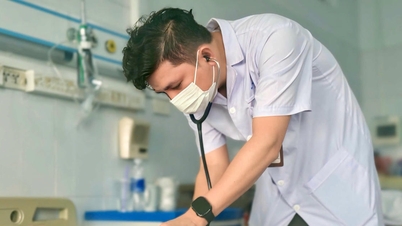













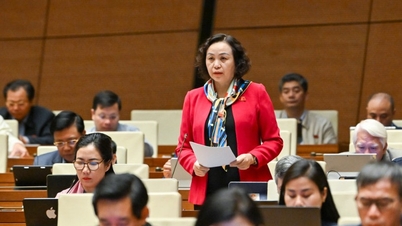
![[Video] Comments on documents: Promoting the strength of Vietnamese culture and people](https://vphoto.vietnam.vn/thumb/402x226/vietnam/resource/IMAGE/2025/11/11/1762848327907_dung00-05-49-20still002-jpg.webp)






















































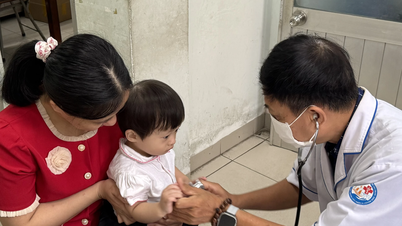










![Dong Nai OCOP transformation: [Article 4] Reaching national standard products](https://vphoto.vietnam.vn/thumb/402x226/vietnam/resource/IMAGE/2025/11/11/1762825820379_4702-cac-san-pham-trai-cay-chung-nhan-ocop-nongnghiep-174649.jpeg)



![Dong Nai OCOP transition: [Article 3] Linking tourism with OCOP product consumption](https://vphoto.vietnam.vn/thumb/402x226/vietnam/resource/IMAGE/2025/11/10/1762739199309_1324-2740-7_n-162543_981.jpeg)



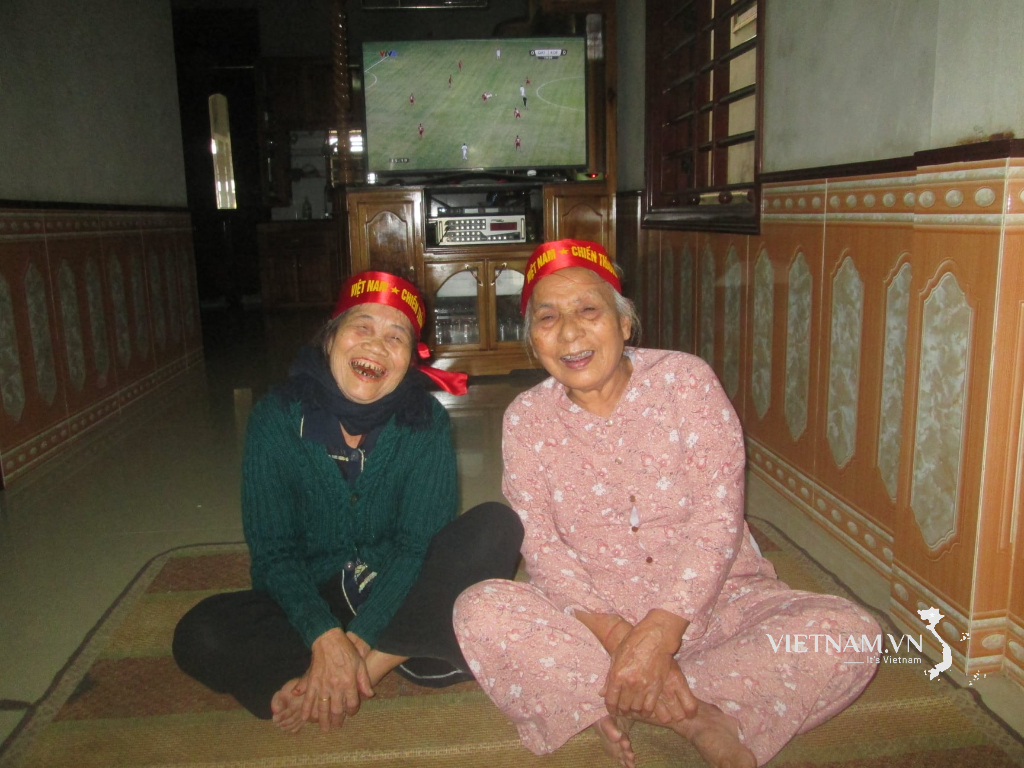


Comment (0)